In recent years, the integration of the Drip Irrigation Centrifugal Pump into farming systems has brought a notable shift in how water is distributed across agricultural fields. These pumps play a vital role in maintaining consistent pressure and flow for drip irrigation setups, where precise water application is critical. Compared to other pumping systems, centrifugal pumps offer a combination of steady output and adaptable design features that suit different crop layouts and terrain profiles.
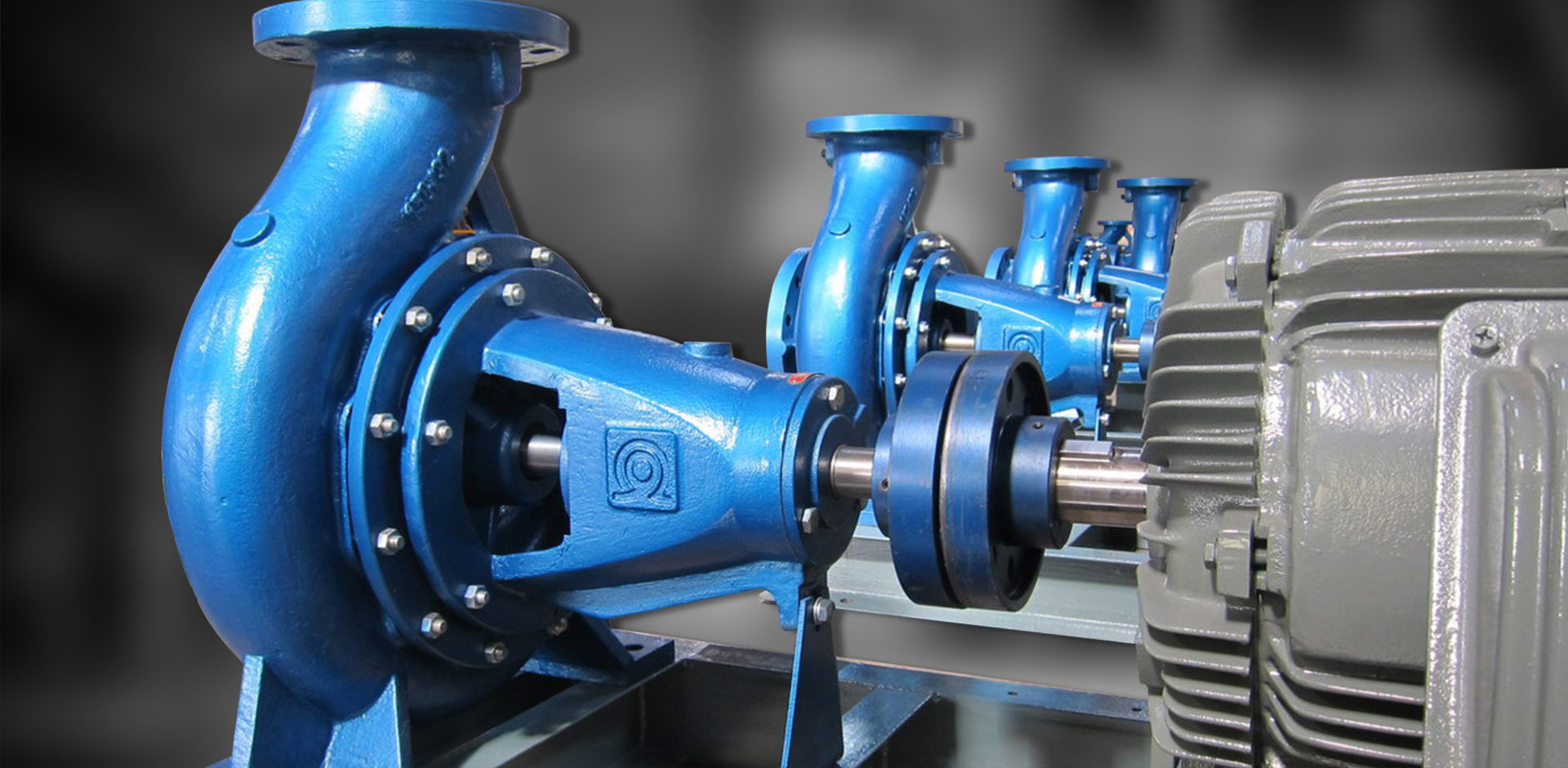
One of the core benefits of the Drip Irrigation Centrifugal Pump lies in its capacity to manage large volumes of water while maintaining relatively low pressure, which aligns well with the needs of drip irrigation networks. This method reduces water waste by delivering moisture directly to plant roots, which is especially useful in regions facing water scarcity. The performance of these pumps can be fine-tuned depending on elevation and pipe distance, allowing farmers to create customized irrigation routes.
Alongside this, the agriculture water spray pump continues to serve as a dependable choice for broader field irrigation needs. These pumps are particularly useful in open-field applications where crops benefit from broader water distribution. Unlike drip systems that focus on localized delivery, spray pumps disperse water over larger areas, supporting the health of crops such as grains, vegetables, and certain types of fruit trees. Their straightforward structure and compatibility with various irrigation nozzles allow them to adapt to many spraying patterns and farming practices.
A well-configured system may often include both a Drip Irrigation Centrifugal Pump and an agriculture water spray pump, depending on crop types and irrigation objectives. For instance, farmers might use drip irrigation for high-value crops that require consistent soil moisture, while applying spray pumps in adjacent zones for crops needing less precision. This combined use promotes water efficiency and supports mixed farming operations.
The continued advancement of pump materials and impeller shapes has also contributed to improved operation of the Drip Irrigation Centrifugal Pump. Designs now often feature corrosion-resistant housings and refined intake channels to reduce flow resistance. These enhancements help extend service life and reduce maintenance interruptions during peak growing seasons. Users report more stable output even in environments where water sources vary in clarity and temperature.
In a similar vein, the agriculture water spray pump has benefited from ongoing refinements. Newer models can maintain pressure levels with fewer mechanical losses and are often designed to be compatible with mobile rigs or solar power systems. Such adaptability is particularly useful for small to mid-sized farms where electricity access is limited or where sustainable energy solutions are prioritized. The spray pump's role in seasonal and rotational farming continues to make it a valuable part of rural infrastructure.
Both the Drip Irrigation Centrifugal Pump and the agriculture water spray pump remain central to discussions around sustainable agriculture. By providing flexible, efficient water delivery, these tools contribute to stable crop yields and better resource use. Their importance grows as climate conditions become more unpredictable and agricultural planning increasingly emphasizes precision and conservation.
Thoughtful pump selection and placement directly influence irrigation results. While the Drip Irrigation Centrifugal Pump supports targeted water application with steady performance, the agriculture water spray pump provides coverage for broader crop arrangements. Together, they form a functional system that adapts to the evolving needs of modern agriculture, allowing for better water control and long-term productivity.

 English
English русский
русский Español
Español
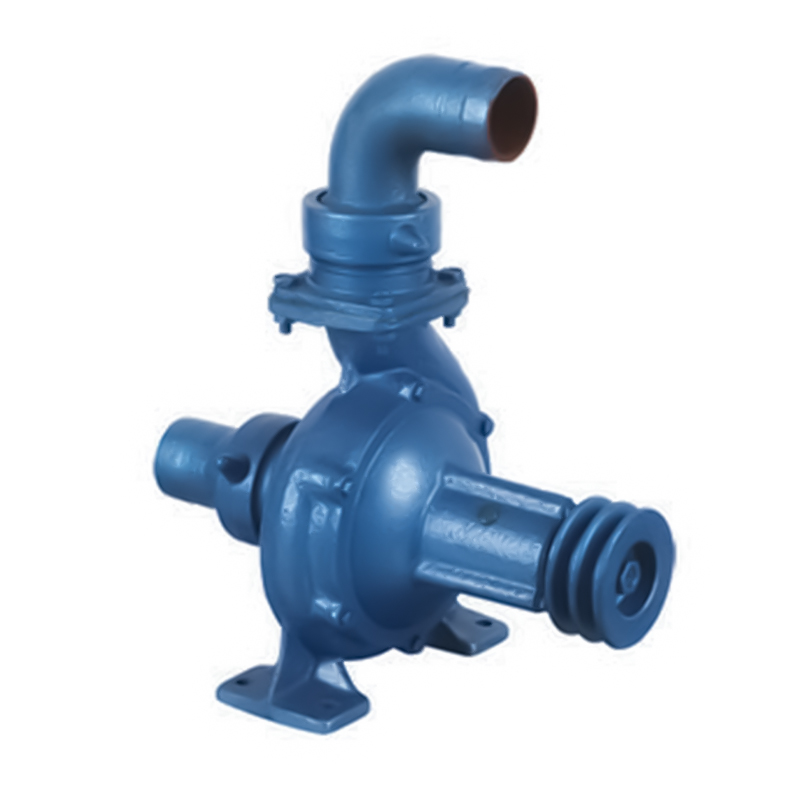
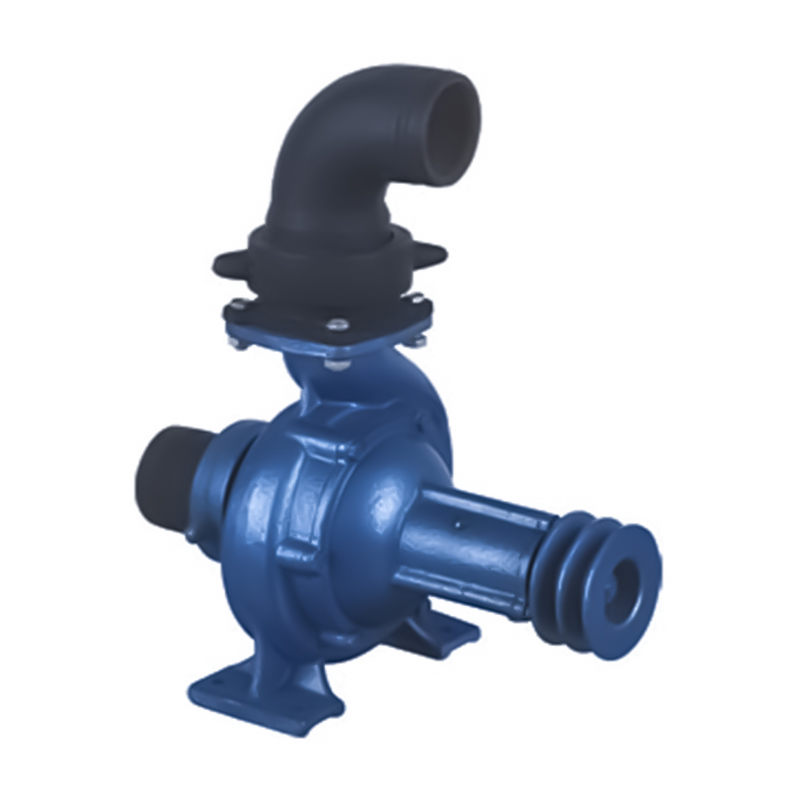

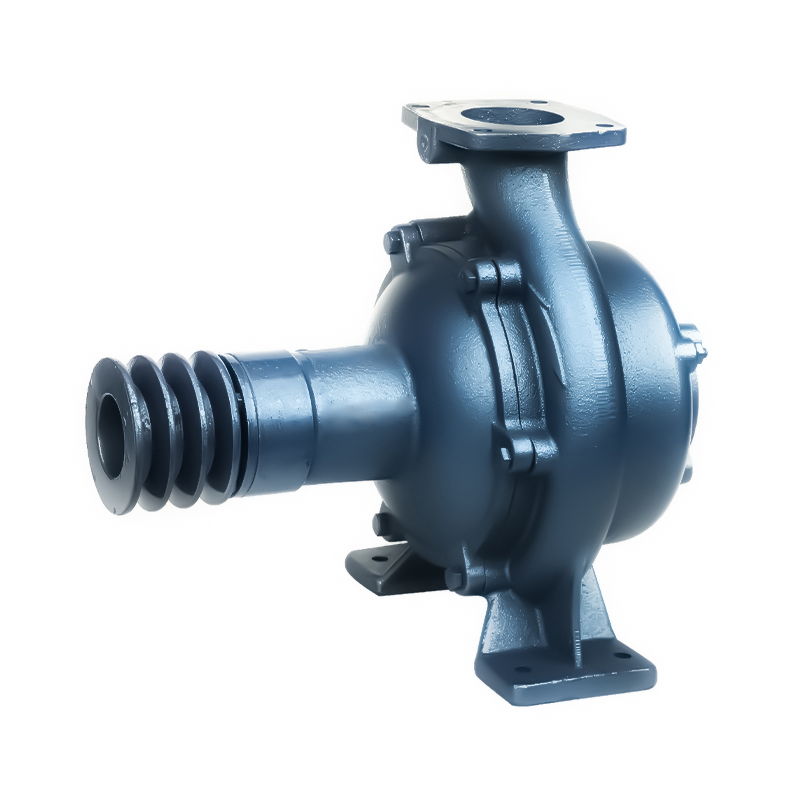
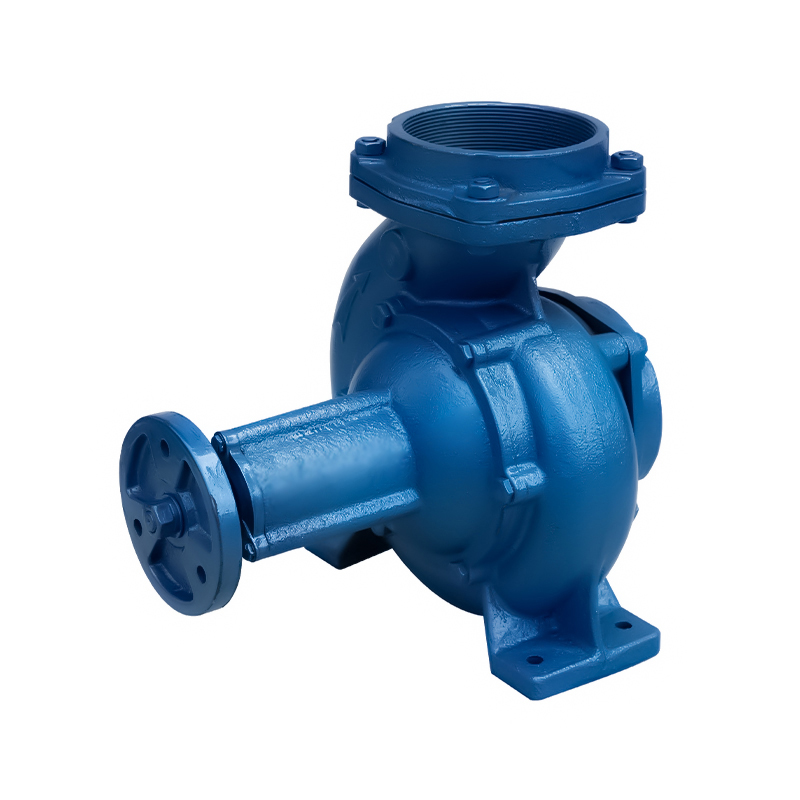
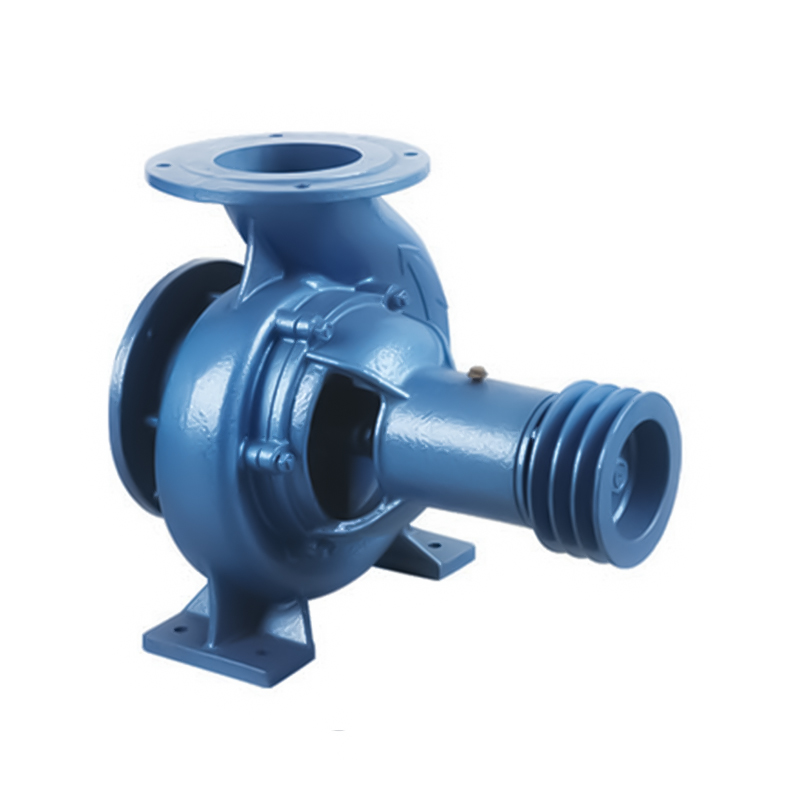
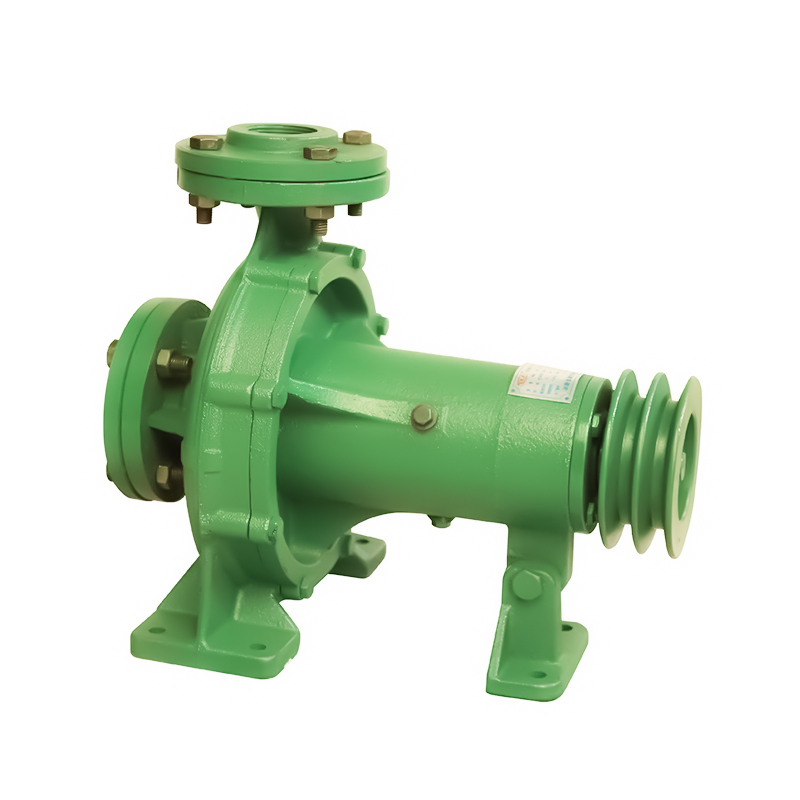

 Email:
Email:
 Phone:+86-13605899207
Phone:+86-13605899207

